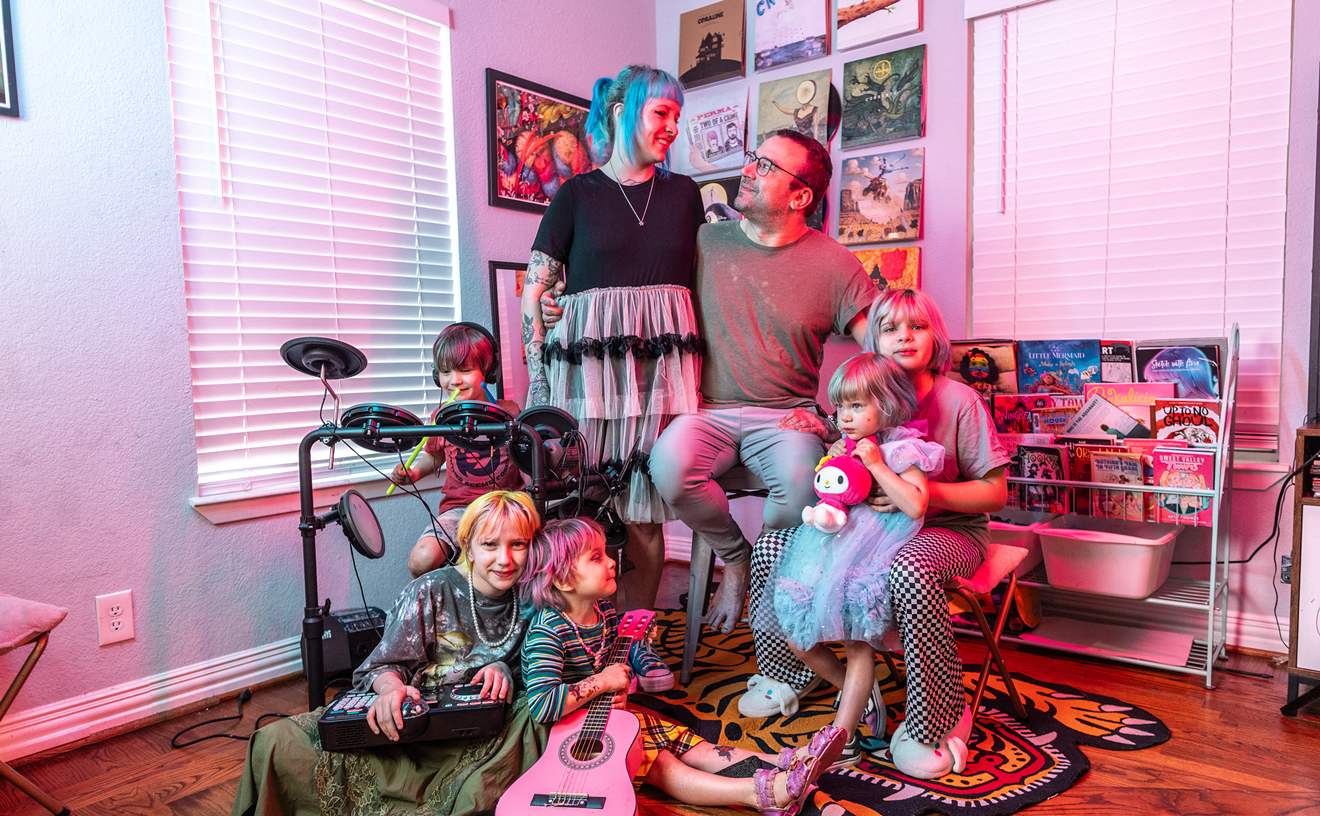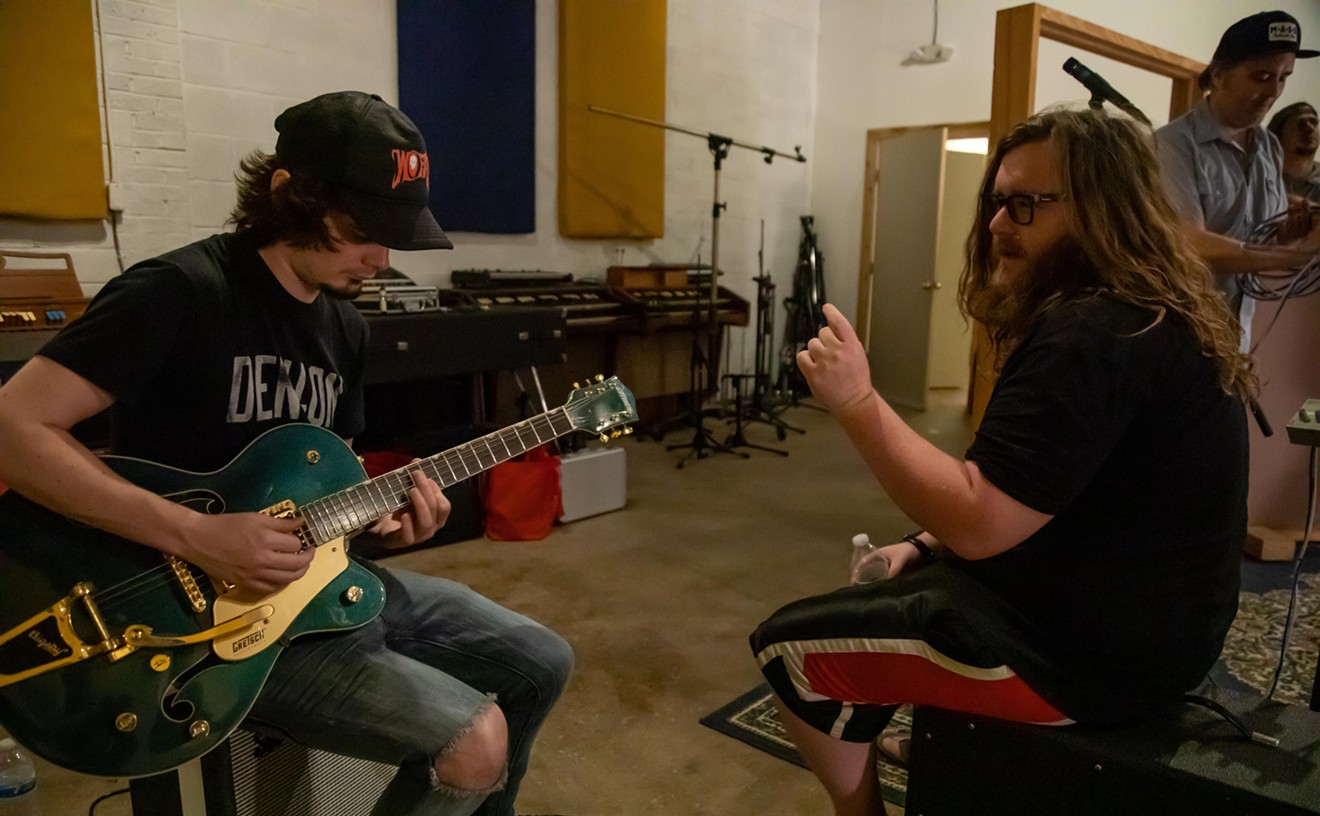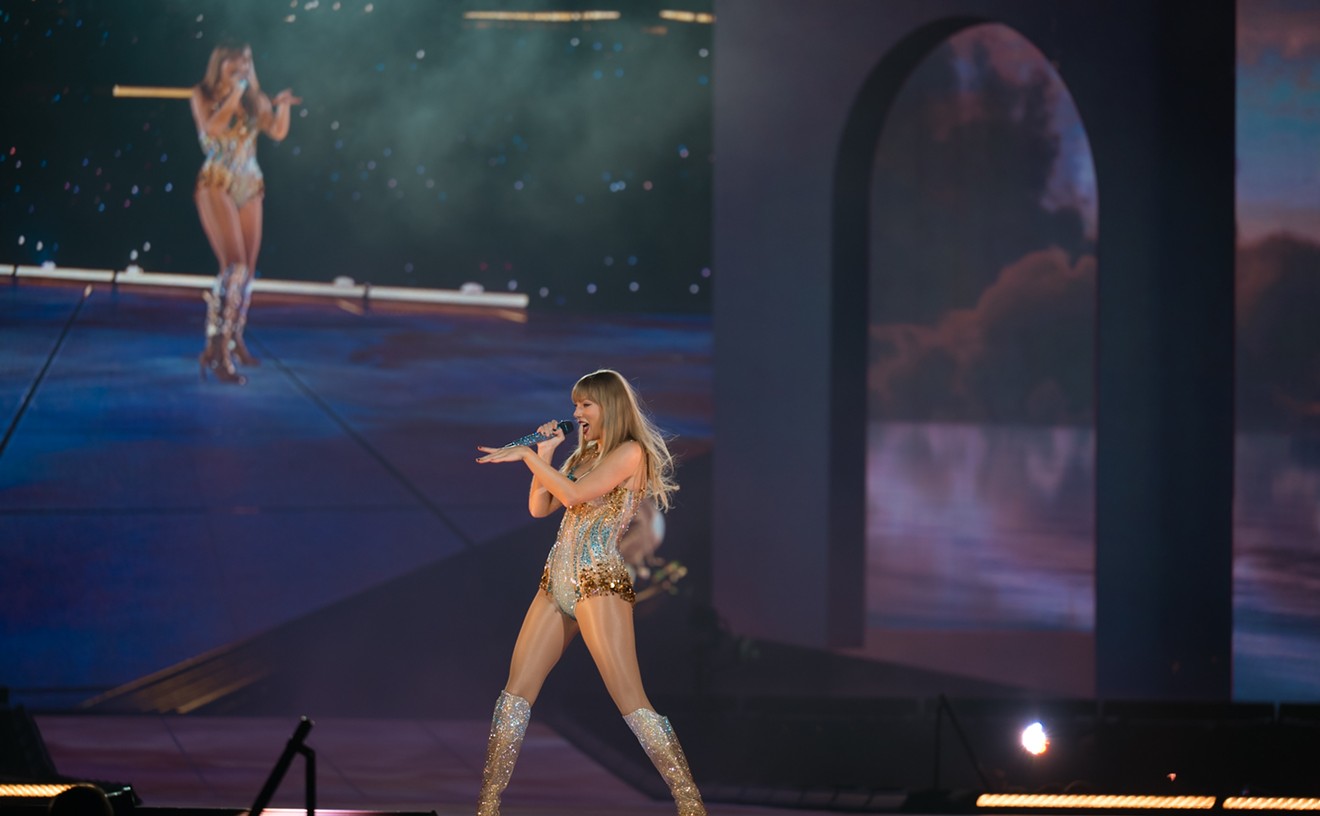The old cuts, which date back all the way to when he was but a Freewheelin' folk singer, would never again sound so brand-new; the versions of "A Hard Rain's A-Gonna Fall" and "Love Minus Zero/No Limit" and "The Lonesome Death of Hattie Carroll," among others, sting like fresh slaps on a cold cheek. They're more alive than ever, more resonant, more relevant and more vibrant when played by a man who knows their value but insists on presenting them like thrift-store purchases nonetheless. Band and bard turn then-standards, just then beginning to yellow, into fresh plaints with furious purpose; even the love songs, his lost-love letter to wife "Sara" or dream of a mythological "Isis," taste better when injected with a little bile.
Those who'd dismiss this as a snapshot of a party to which they weren't invited, those who prefer the studio calm of Desire (from which many of these songs, among them "Hurricane," "One More Cup of Coffee," "Oh, Sister" and "Isis," were taken), miss the point and pleasures of Live 1975. It isn't the best live Dylan (that's Volume 4, where he and the Hawks were buried alive in boos and labeled heretics), but the most alive live Dylan; even behind painted face, which made him look like a living corpse of Al Jolson in reverse, his cockeyed grin and bright eyes give such a spark you can feel it every time Ronson takes a solo or Rivera cuts the tension with her bow. He let others play and got out of the way, so willing was Dylan to torch the history books in his efforts to start all over again. He was rejuvenated or maybe entirely reborn: Soon after the '75 tour Dylan would find God, get Saved and, subsequently, end up crucified. Think of this double-disc comp, then, as Dylan's Last Supper, served up with an open bar; never before, and never again, would he sound so rough and rambunctious, so into it and so out of it.










